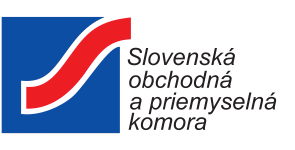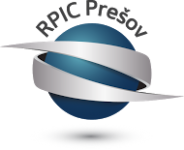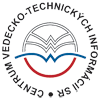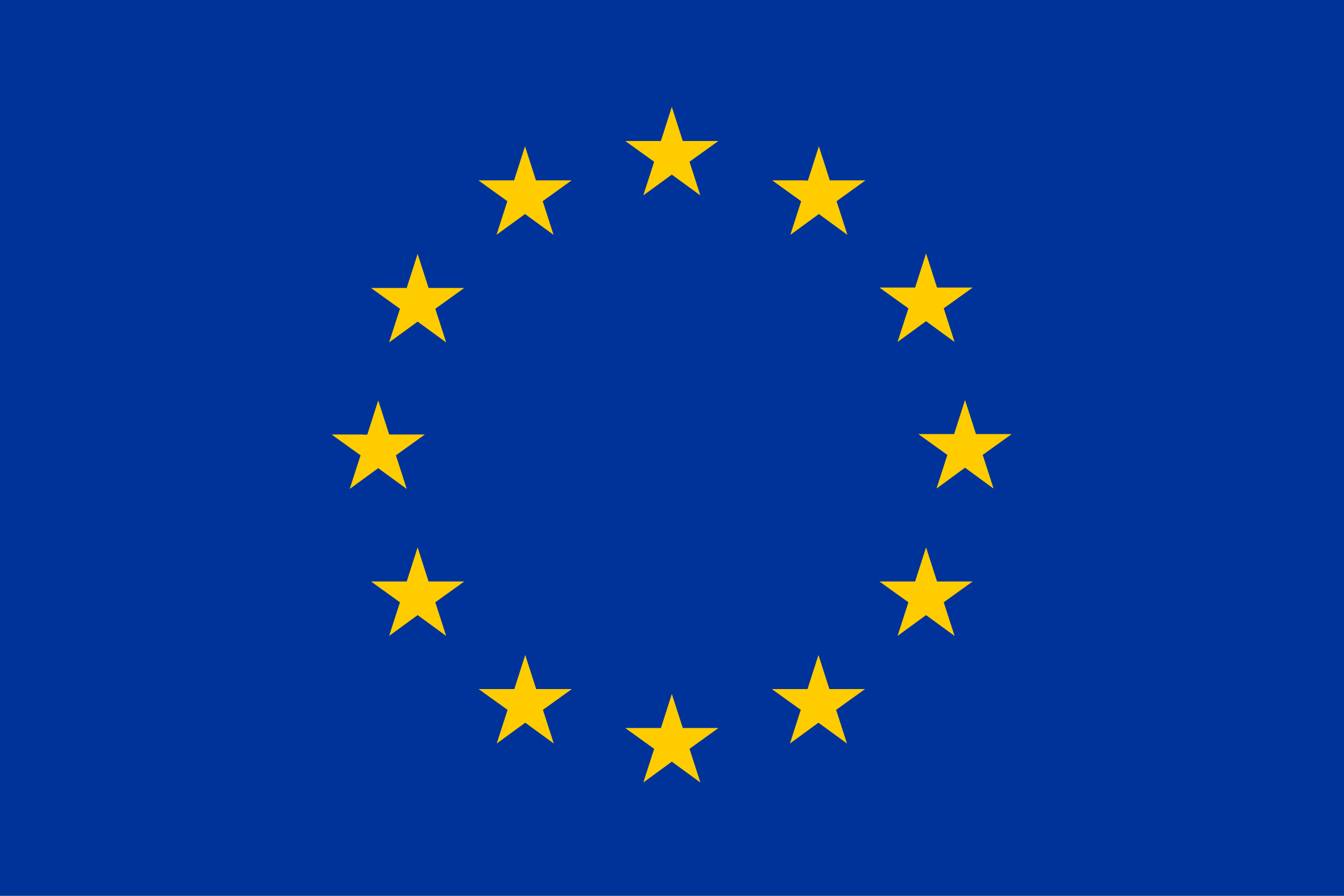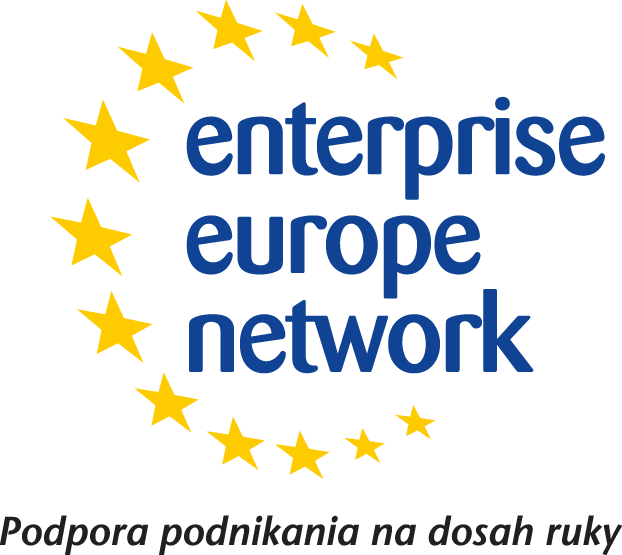Summary:
A Spanish biomedical research center has developed a new antitumor strategy for the treatment of colon cancer and other epithelial cancers and is looking to establish license, research cooperation or joint venture agreements.
Description:
This research networking center gathers some of the main Spanish research groups in biomedicine, located in more than 100 institutions as universities, hospitals and technological centers distributed around Spain.
Colon cancer is one of the leading causes of cancer-associated mortality, third in Western countries, and its incidence has increased in recent years. Colon carcinogenesis is the result of the progressive transformation of colonic epithelial cells which accumulate mutations that increase their proliferation and alter their phenotype. Epithelial-to-mesenchymal transition (EMT) is required for the migration and invasion of epithelium-derived malignant tumour cells and is considered to represent an important regulatory mechanism of tumour growth, invasion and metastasis. During EMT, the expression of the epithelial marker E-cadherin decreases and then the contact between tumour and surrounding cells decreases. The decrease or loss of intercellular adhesion leads to the increase of movement and invasion ability of tumour cells, infiltrating and transferring to surrounding tissues. As a marker of interstitial cells, the elevated expression level of nuclear β-catenin indicates the transformation of epithelial cells into mesenchymal cells. In contrast, a reduced level of nuclear β-catenin expression is a sign that the EMT process is suppressed.
Despite the advances in conventional cancer therapies, including surgery, radiotherapy and chemotherapy, or regulation of miRNA expression participating in colon cancer using specific inhibitors, the 5-year relative survival rate of colon cancer remains poor, with lymphatic and distant metastasis being the main causes of colon cancer-associated mortality.
Some epidemiological studies show that boron (B) intake can reduce the risk of certain types of cancer.
Current state-of-the-art technologies are based on the soluble administration of B releasing molecules, but in the present invention synthetic systems have been engineered with B containing molecules covalently bound on a solid support that can enhance the effect of synergistic activation of the boron cell membrane transporter (NaBC1) and adhesion receptors in cells, in particular as a potential antitumor strategy.
The center is looking for industrial partners of bio and pharma sectors to enter into preclinical or clinical proof of concept under license, research cooperation, or joint venture agreements.
Type (e.g. company, R&D institution…), field of industry and Role of Partner Sought:
The research center has a patent ready for licensing-out. They are seeking industrial partners, either biotech or pharma, to:
- Enter into preclinical R&D collaboration (in vitro and/or in vivo drug testing).
- Further development until clinical proof-of-concept.
Stage of Development:
Prototype available for demonstration
Comments Regarding Stage of Development:
In vitro validation ready for in vivo studies and clinical proof of concept.
IPR Status:
Patent(s) applied for but not yet granted
Comments Regarding IPR Status:
European patent application (Priority date: October 2, 2020)
Suitable for international extension (PCT application)
External code:
TOES20210121001



